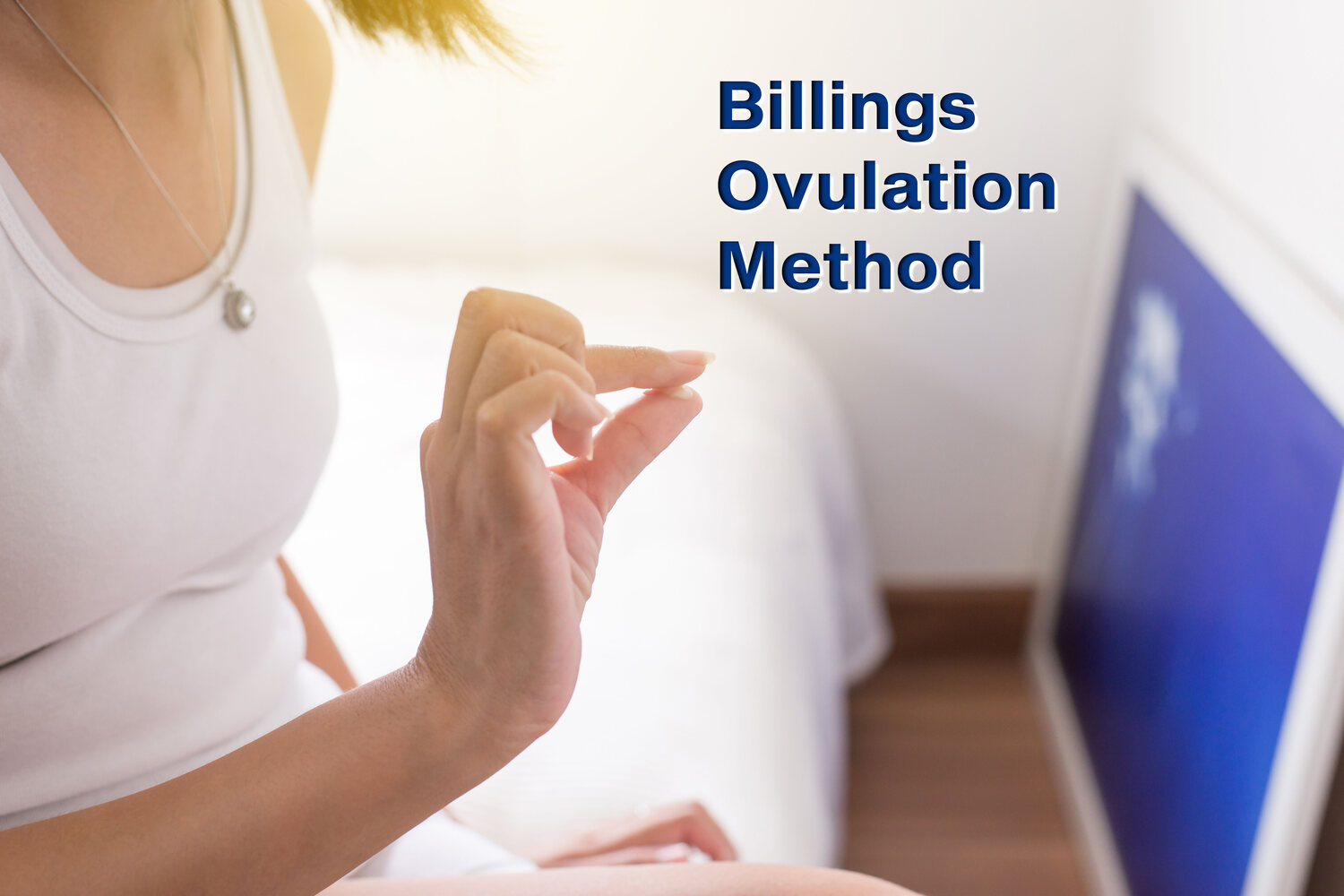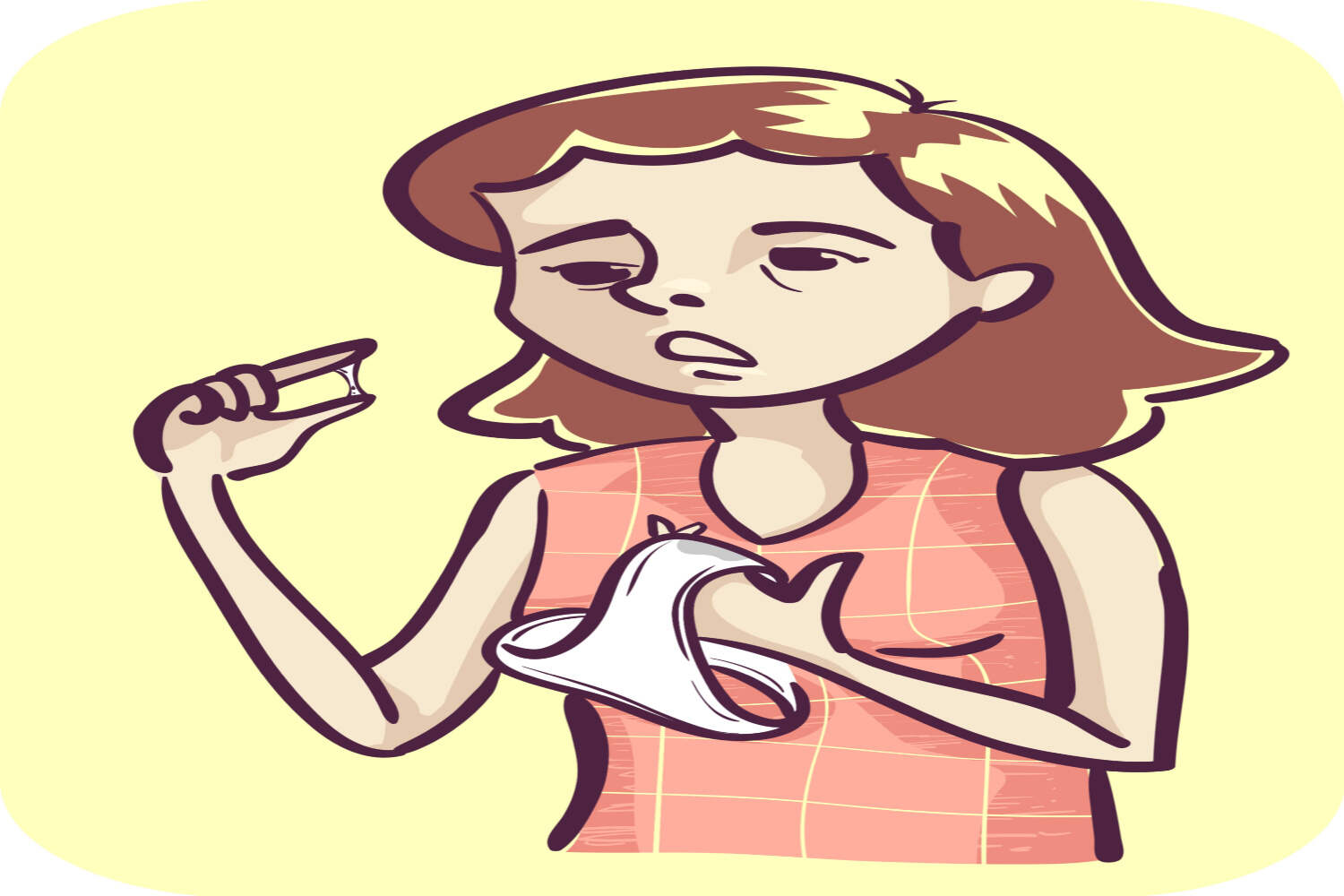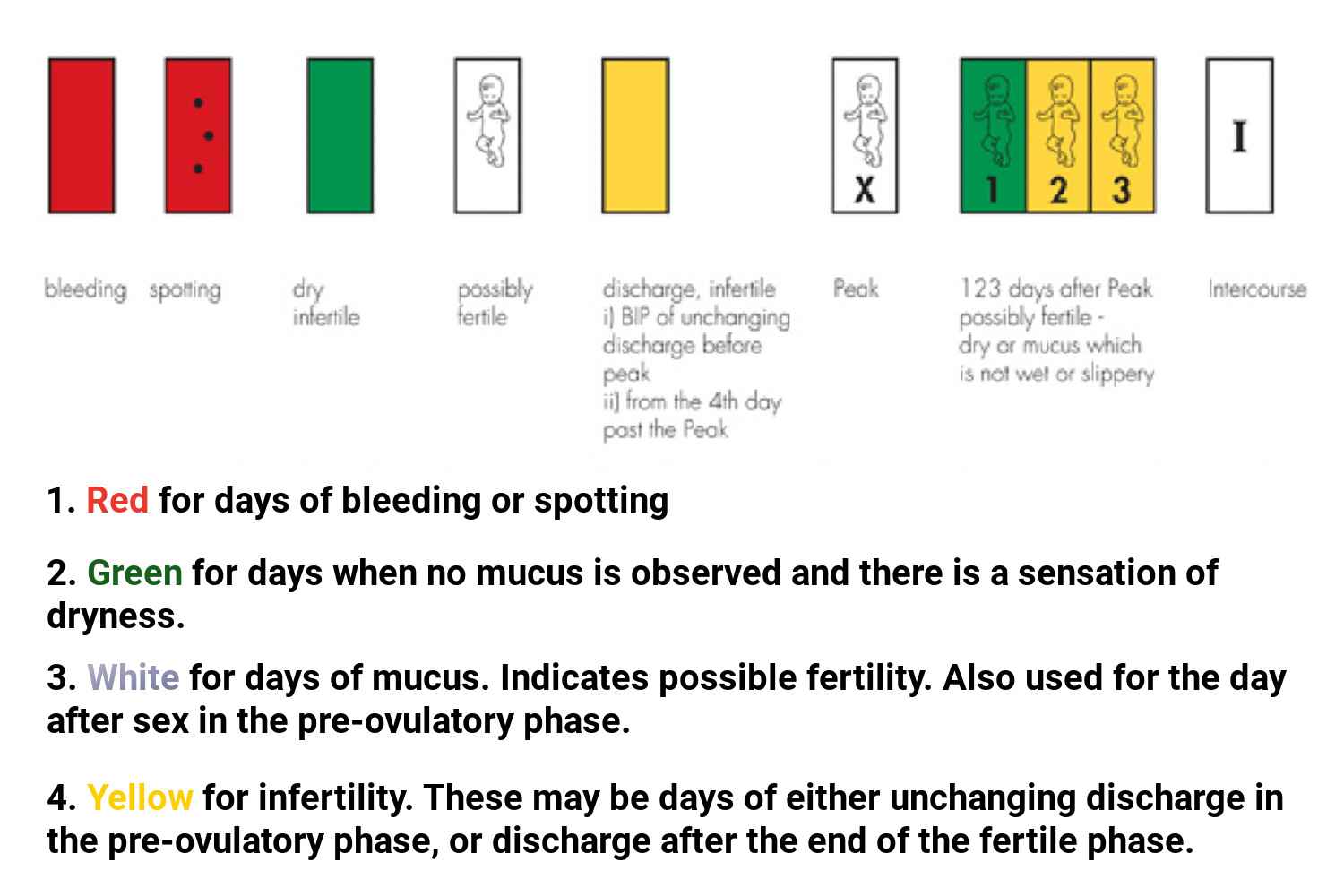
Your vaginal discharge can tell a lot about your reproductive health and fertility. You will just have to notice and understand its signs. The Billings ovulation method is one such effective way to comprehend what your cervical mucus wants to tell about your fertility chances. Based on your comprehension you can use the billing ovulation method to get pregnant.
So what is the Billings ovulation method and how does it work? How can I use this method to get pregnant? What are the advantages and disadvantages of such natural methods of fertility testing? Here is all the information that you are seeking.
In This Article
- What is Billings Ovulation Method?
- How Does the Billings Method Work?
- Rules of Billings Ovulation Method to Get Pregnant
- Advantages of Using the Billings Ovulation Method
- Disadvantages of Using the Billings Ovulation Method
- Who Should Not Use the Billings Ovulation Method to Track Fertile Period?
- FAQ’s
What is Billings Ovulation Method?
The Billings ovulation method is the most widely used method for predicting the most fertile time of a monthly cycle. In this method, a woman can get an idea of her ovulation period by interpreting the changing secretion patterns of her cervical mucus (1). This method gets its name from its inventors – Dr John and Evelyn Billings. It is the most natural, effortless, and reliable method of securing the best chance of getting pregnant.
How Does the Billings Method Work?

To understand how the Billings method works you will have to pay regular attention to your vaginal discharge. The cervix or the lower end of the uterus constantly produces cervical mucus in a fixed pattern throughout the month. Mainly the estrogen and progesterone hormones regulate the amount, color, and thickness of the cervical mucus (2).
During the ovulation period, the estrogen hormone causes an abundance of slippery and cristal clear vaginal fluid (3). This fertile cervical fluid has a texture, color, and elasticity similar to egg whites. You can even feel your pants wet due to the huge discharge of vaginal fluid during ovulation.
Throughout the majority of your menstrual cycle, your vaginal fluid will be thick, sticky, and dry due to the progesterone hormone. This is called Basic Infertile Pattern or BIP in the Billings Method (4). But when you get closer to your ovulation day, BIP ends and you get your classic fertile mucus.
So, by checking the wetness in your underwear or the consistency of the vaginal fluid at the mouth of the vagina, you can easily predict your fertile days. And it is during this time when you get this type of vaginal fluid you should have good sex to get pregnant.
Rules of Billings Ovulation Method to Get Pregnant

There are four basic rules of Billings Ovulation Method that you will have to follow to be pregnant (5).
1. Early Day Rule 1
Avoid sex during menstrual bleeding days. If you have a short monthly cycle length but prolonged menstruating days then your fertility may start even when you are menstruating but you may not know it due to the bleeding.
2. Early Day Rule 2
You can have sex on alternate nights when you observe BIP to avoid confusion due to seminal discharge after sex. The chances of sperm survival are also low in such types of dry vaginal mucus.
3. Early Day Rule 3
If you see a change in your BIP wait without sex until the day you notice the signs of a fertile mucus.
4. Peak Rule
Have regular intercourse during fertile cervical mucus days and also one or two days after it to secure the best chances of conception. This is because the egg will be alive for 12 to 24 hours after release for the sperm to fertilize it.
So, by constantly monitoring your vaginal mucus, you can get an idea of when your fertility window opens. Let the sperm in through that window and if everything lays right you will get good news by the next few weeks.
Advantages of Using the Billings Ovulation Method
You will get control over your reproductive health when you get the knowledge of how it works. The Billings ovulation method helps you to learn your fertility patterns and regulate your sex life accordingly (5A). The advantages of the Billings ovulation method are
- Natural and easiest method of fertility tracking
- No medicines, invasive testing, side effects, or risks involved in this method
- Equally effective in all stages of reproductive age
Disadvantages of Using the Billings Ovulation Method
Changes in cervical mucus can indicate ovulation but it cannot confirm it. There are disadvantages to the Billing ovulation method.
- Stressful life, irregular diet, and aging can change the patterns of your vaginal fluid and make it difficult for you to have a record (6).
- You will have to consciously check your vaginal fluid regularly which is often not possible for busy women
- It will take you a few months of practice to get a hold of and utilize your actual fertile period
- Not all women witness considerable changes in their vaginal fluid to confirm ovulation especially if they are in their late 30s or 40s
Hence for extra assurance, you can take a body basal temperature test along with the billing ovulation method.
Who Should Not Use the Billings Ovulation Method to Track Fertile Period?

In certain conditions, the Billings ovulation method of tracking the fertile period may not be that useful. You should not rely on the billing ovulation method in cases like;
- Having irregular menstrual cycles
- Having hormonal imbalance
- Taking certain medicines that can impact hormone secretion
- Having confusion and lack of surety about the type and texture of the vaginal mucus
- You should also not rely completely on this ovulation method if you are in a hurry to get pregnant. Ovulation predictor kits and checking body basal temperatures can be more effective in such cases (7).
Your cervix secretes vaginal discharge or cervical mucus out of the influence of sex hormones. And by noticing the changing patterns of cervical mucus you can tell which sex hormone is acting prevalently in your body. Hence you can predict when estrogen is causing ovulation through the billing ovulation method to get pregnant. So do not hesitate to look down.
FAQ’s
1. How Accurate is the Billings Ovulation Method?
The Billings ovulation method is quite an accurate method of understanding your fertile window. The accuracy of this method will however depend on your regular observation of the cervical mucus and hormonal balance. You will have to avoid irregular periods to increase the accuracy of this method.
2. Is Billings Ovulation Method Effective?
The Billings ovulation method can be an effective measure to achieve or prevent pregnancy if you have a fixed menstrual cycle. In a standard 28-day menstrual cycle ovulation occurs on the 14th day. Cervical mucus starts changing after 10 to 12 days of the first day of periods and you can easily notice it. But for women with irregular menstrual cycles, the process can be a bit more challenging and confusing and requires constant monitoring.
3. How to Use the Billings Ovulation Method to Get Pregnant?
To use the Billings ovulation method to get pregnant you will have to follow its four rules. Sex on alternating days during BIP regular unprotected sex during peak time of ovulation and two days after will be best to get pregnant.
References
- The Billings method of family planning: an assessment – PubMed – [https://pubmed.ncbi.nlm.nih.gov/6515667/]
- The Effects of Reproductive Hormones on the Physical Properties of Cervicovaginal Fluid – PMC – [https://www.ncbi.nlm.nih.gov/pmc/articles/PMC4149850/]
- Cervical mucus patterns and the fertile window in women without known subfertility: a pooled analysis of three cohorts – PMC – [https://www.ncbi.nlm.nih.gov/pmc/articles/PMC8487651/]
- The simplicity of the Ovulation Method and its application in various circumstances – PubMed – [https://pubmed.ncbi.nlm.nih.gov/1746205/]
- Understanding the perspective of women who use the Billings Ovulation Method®: a focus group study – PMC – [https://www.ncbi.nlm.nih.gov/pmc/articles/PMC10170796/]
- Lifestyle and fertility: the influence of stress and quality of life on female fertility – PMC – [https://www.ncbi.nlm.nih.gov/pmc/articles/PMC6275085/]
- Physiology, Ovulation And Basal Body Temperature – StatPearls – NCBI Bookshelf – [https://www.ncbi.nlm.nih.gov/books/NBK546686/]
